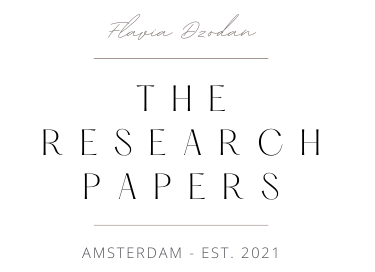Historical continuums, menus and how I suspect heart and liver will not be served tonight
Today, speculations run wild on the menu for the British Royal Wedding. The National provides a helpful run down of the possibilities:
The menu for the royal wedding sit down dinner and wedding breakfast will not be revealed until the day itself, but there are certain things that can be predicted by looking back at past royal wedding menus, examining British wedding traditions and talking to royal chefs.[…]
At a British royal wedding it is a common practice for the chef to name a dish after the new bride, Chef Darren McGrady tells epicurious.com. (Mr. McGrady worked at Buckingham Palace and Kensington Palace as the private chef to the late Princess Diana.)
What dish took Diana’s name at her wedding reception? Suprême de Volaille Princesse de Galle — basically, a chicken breast stuffed with lamb mousse, wrapped in brioche, and garnished with asparagus tips and Madeira sauce. She loved poultry, said Chef McGrady.
He said Kate’s dish will probably be revealed at the evening, sit down meal— not at the first reception known as the wedding breakfast, which will be served buffet style.
Take a look at the royal wedding menus from the past (below) and see some other specially named dishes:
Wedding of future King George VI and Queen Elizabeth in 1923:
Consommé à la Windsor [Windsor Consommé]
Suprèmes de Saumon Reine Mary (Queen Mary salmon filets)
Côtelettes d’Agneau Prince Albert (Prince Albert Lamb cutlets)
Chapons à la Strathmore [Strathmore style capons]
Fraises Duchesse Elizabeth (Duchess Elizabeth Strawberries).
However, British menus weren’t always as carefully planned, as Wikipedia informs us of the Middle Passage, or the voyage in slavery ships between Africa and the Americas:
While treatment of slaves on the passage was varied, slaves’ treatment was often horrific because the captured African men and women were considered less than human; they were “cargo,” or “goods” and treated as such; they were transported for marketing. For example the Zong,a British slaver, took too many slaves on its voyage to the New World. Overcrowding combined with malnutrition and disease killed several crew members and around 60 slaves. Bad weather made the Zong’s voyage slow; the captain decided to drown his slaves at sea, so the owners could collect insurance on the slaves. Over 100 slaves were killed and a number of slaves chose to kill themselves.[…]
While slaves were generally kept fed and supplied with drink, as healthy slaves were more valuable, if resources ran low on the long, unpredictable voyages, the crew received preferential treatment. Slave punishment was very common, as on the voyage the crew had to turn independent people into obedient slaves. Whipping and use of the cat o’ nine tails was a common occurrence; sometimes slaves were beaten for “melancholy.” The worst punishments were for rebelling; in one instance a captain punished a failed rebellion by killing one involved slave immediately, and forcing two other slaves to eat his heart and liver.
And before anyone points to the fact that contemporary Royals bear no responsibility on these atrocities, think again. The wealth of Nations and Royal Houses are not amassed overnight. The resources, assets and comforts we get to enjoy today are part of a historical continuum, part of an accumulation that takes centuries to build. And the building blocks of our European welfare are the hearts and livers of those who were exploited a mere two and a half centuries ago.
For the past decade and a half I have been making all my content available for free (and never behind a paywall) as an ongoing practice of ephemeral publishing. This site is no exception. If you wish to help offset my labor costs, you can donate on Paypal or you can subscribe to Patreon where I will not be putting my posts behind a lock but you'd be helping me continue making this work available for everyone. Thank you. Follow me on Twitter for new post updates.

